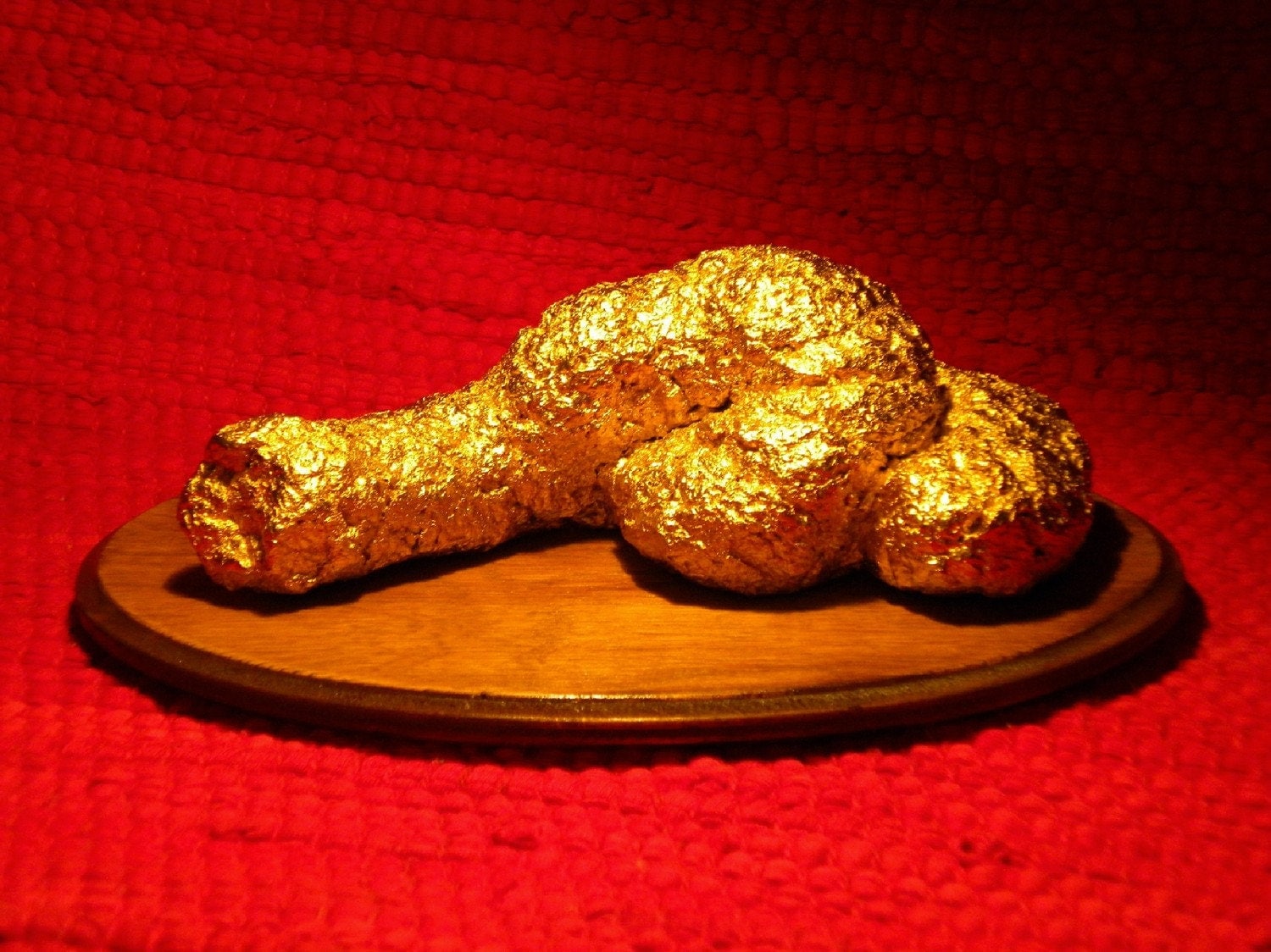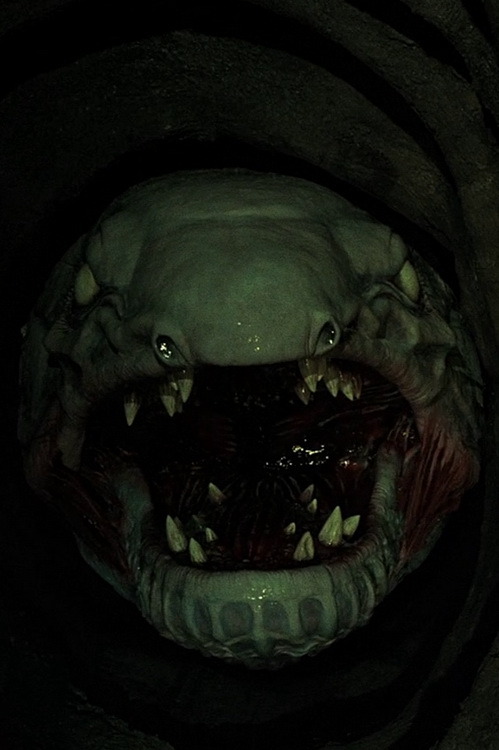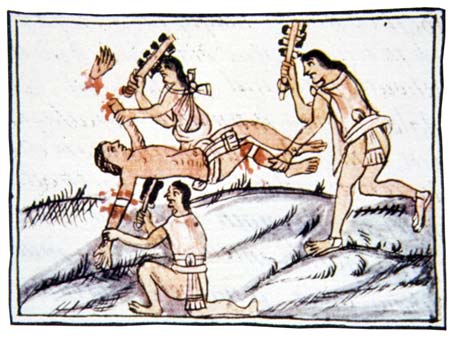In the 16th and 17th centuries there was a mania in Europe for collecting curios from all over the world being newly opened up by the great age of exploration. The collections were made by anyone with a bit of money, and a great collection of international junk and antique curios were a bit of a status symbol; most gentlemen with any pretence at erudition had a cabinet of curiosities or wunderkammer. Eventually these eclectic and peculiar collections were rationalised and the collectors became scientists and specialists.
John Tradescant the Elder (1570s to 1638) was a garden designer to the aristocracy and evenually King made him Keeper of his Majesty's Gardens, Vines, and Silkworms at Oatlands Palace in Surrey. His trips to Russia and North Africa netted him some great curios for his personal collection and botanical garden at Turret House on Walberswick Street in Lambeth in South London, just down the road from the Bear Pit and Playhouse on Bankside.
In 1642 his son, John Tradescant the Younger, still keeps the collection and has added to it, travelling to Virginia to acquire new plants and Native American artefacts. Though he inherited his father's position as Royal Gardener he has stayed in Parliamentarian London to keep an eye on it.
Eventually the Tradescant collection would be acquired by Elias Ashmole under dubious circumstances and forms the foundation of the Ashmolean Museum in Oxford. But in 1642 gentlemen of quality could get invitations to view the miscellaneous mess at Tradescant's house and garden called the Musaeum Tradescantianum, or 'The Ark'.
Despite the outbreak of the English Civil War Tradescant is always on the look out for new peculiar wonders and will pay good money for something unique, historical or maybe a little macabre. Needless to say, there a few objects that are actually magical, not that Tradescant knows it, though he has protected his house with Witchmarks to put off pilfering magicians, and he employs a couple of burly and well armed footmen.
Some objects from the Musaeum Tradescantium
These may be real, fake, genuinely magical or just reputedly so... |
| (from pixgood.com) |
 |
| (from http://www.obgyn.net/pregnancy-and-birth/case-report-stone-baby) |
The Stone Princess – an actual lithopedion, a fetus that died before birth and became calcified in the womb. Allegedly the unborn spirit of the stone baby can be spoken to by witches and can impart secrets of heaven from which all human souls emanate before they inhabit their shells of earthly flesh, and which all forget in the trauma of birth. This one (it is whispered) was removed from the body of 'Bloody' Mary Tudor, Queen of England, who claimed to be pregnant for years but never gave birth. If it is alive it has a better claim on the English throne than the upstart Stuarts, though Tradescant suspects that it may have inherited its mother's Catholicism.
 |
| Made and sold by Brown Fido on Etsy! |
 |
| A still from Lair of the White Worm, dir. Ken Russell. Watch it! |
 |
| From Image Arcade |
 |
| From www.ashmolean.org, can be seen in the Ashmolean Museum in Oxford |
The Mantle of Powhatan – Powhatan was the father of Pocahontas, a Native American girl who created quite a stir when she visited London in 1616. Anyone familiar with the Tsenacommacah of Virginia will recognise it as a ceremonial wall hanging, not a mantle or cloak, and has a simple design of a human figure flanked by two deer against a pattern of circles, all made by sewing shells to a piece of deer hide. Tredescant acquired it in Virginia, he says he bought it from Opechanacough, Powhatan's successor as paramount chief of Tsenacommacah, but those who know of him might realise this is unlikely as he hates the English with a passion and was responsible for the massacre of 1622 when a third of the colonists in Virginia were killed in a surprise attack in the James River valley. Tradescant also has a bottle of poisoned whiskey from the batch Dr John Potts used to kill 200 Tsenacommacah at a 'peace feast' in Jamestown in 1625.

No comments:
Post a Comment